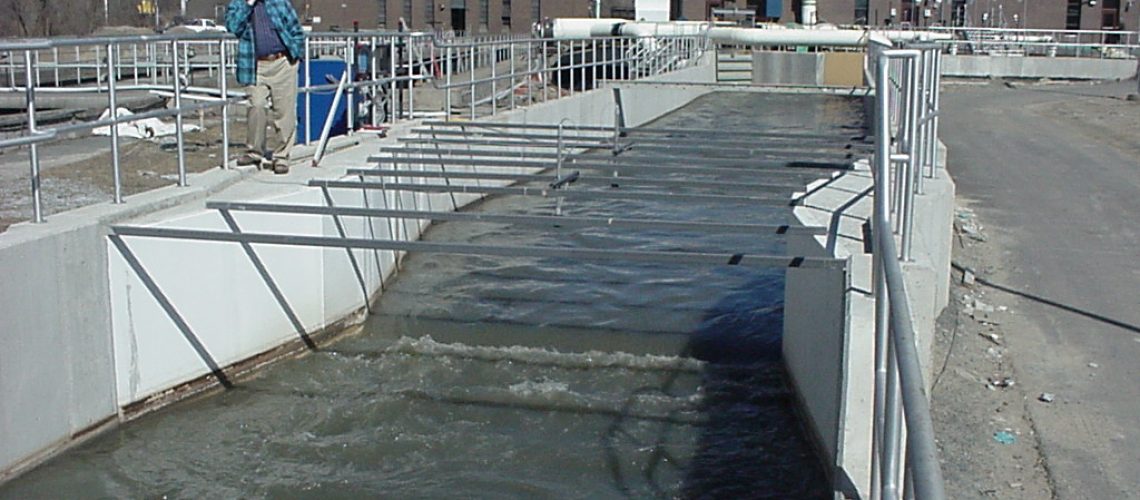Irrigation flumes play a major role in water rights works and other applications that are extremely important for a wide variety of communities and entities. To ensure that it’s all working properly, however, there are quite a few problems you’ll want to avoid when working with irrigation systems. Check out the most common errors in irrigation flumes, and discover what you can do to avoid them.
Misplaced Staff Gauge
A staff gauge is a common measurement tool that essentially functions as a ruler on the side of the flume. You look at the surface level of the water and see where it lines up with the marks on the gauge. It’s a simple yet effective method of measurement. It only works, however, when it’s placed in the right spot. The point of measurement must be in a specific spot about two-thirds of the converging wall’s length back from the throat. Anything other than this will lead to poor readings. This means it won’t work if it’s upstream, at the flume’s entrance or at the throat.
Flume Not Level
Flumes have to be perfectly level in order to function properly, and this is especially important to maintain in irrigation channels. Irrigation typically uses earthen channels, which can shift based on changing weather conditions like frost heave in the winter. To ensure that you’re getting proper measurements, you’ll need to keep the flume level all year long. For the most part, this means checking the level every six to 12 months. Just be sure to measure the level at the floor of the flume rather than at its top, because the floor is what actually matters in this case.
Flow Misdirected
A misdirected flow can defeat the entire purpose of your flume. One of the most common ways flow can be misdirected is when it bypasses the flume. The entire flow must pass through the flume in order for it to work. If some of the flow is able to go under or around it, your measurements will be useless. Additionally, you’ll need to avoid submergence with your flume. Submergence occurs when the flow can’t properly go downstream, forcing it to back up into the flume. Eventually, this causes the flume to be submerged. To account for this, you’ll have to optimize the downstream conditions.
Poor Approach Conditions
The approach conditions for a flume are very specific, and irrigation channels must be maintained properly to account for this. The flow has to be uniform and moving into the center of the flume without any bends or elbows. If you can’t account for this in the upstream area, you’ll need to implement flow straighteners. Additionally, the channel itself can suffer seepage, which causes some of the flow to be diverted rather than going through the flume.
Irrigation Flumes From Tracom
With the common errors in irrigation flumes in mind, you know what to avoid when you get a flume of your own. At Tracom, we can help you find the perfect solution to your irrigation needs with a wide variety of flumes available, but that’s just the beginning. If necessary, our team will work with you to create a custom flume that uniquely fits your flow channel conditions. Contact us today to get started!



